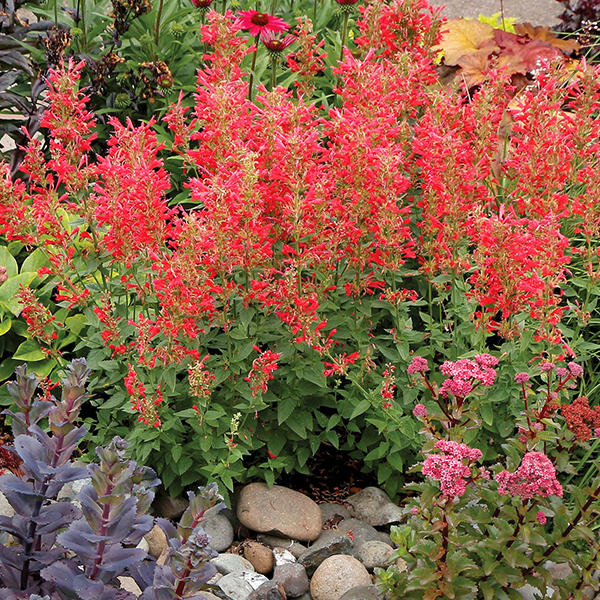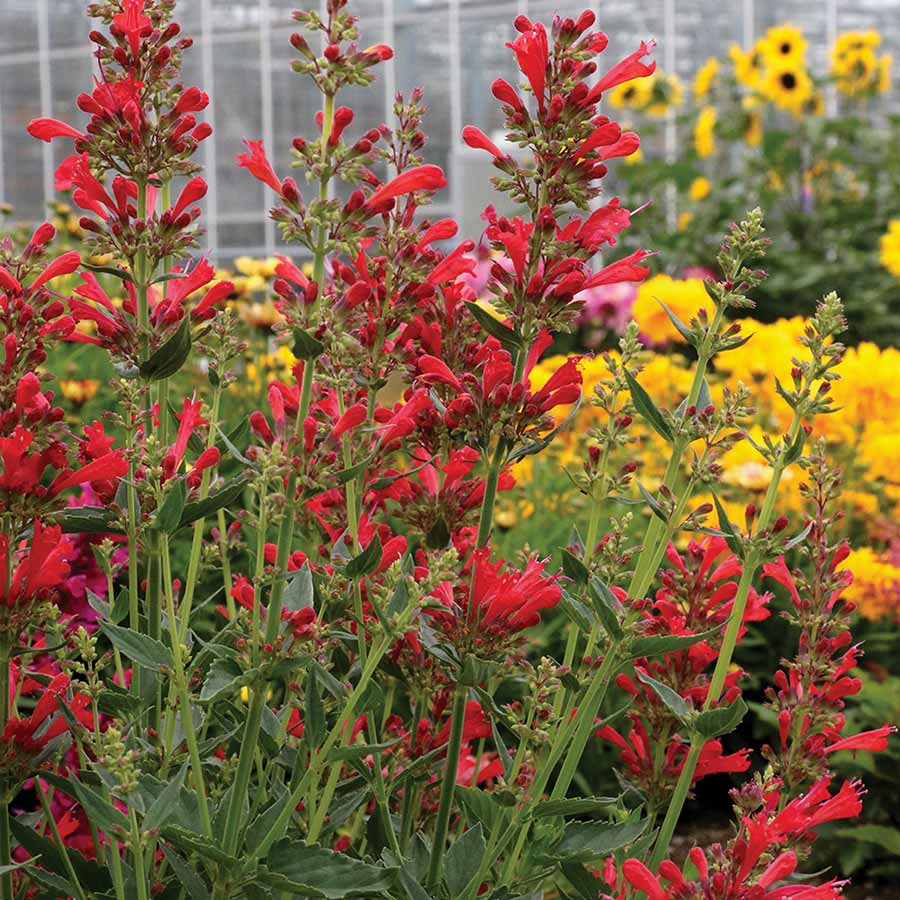

Since Agastache loves well-drained soil, wet, clay soils and areas with lots of winter rains can cause bacteria and fungal growth to rot the plant crown. Reduce pesticide use so as not to kill predators of spider mites, but if need be, spray insecticidal soap to kill small infestations. Wash off leaves regularly during periods of dry weather to prevent sider mite buildup. During dry weather spider mites may attack, forming webbing and causing leaves to curl and yellow. Pests & Disease: Agastache is relatively pest free. For perennials, every 3 to 5 years, dig and divide the plant in spring to rejuvenate it, taking one-foot diameter sections to replant in a location with similar growing conditions. Where Agastache is a perennial it will usually brown and dieback to the ground in winter. There's no need for dividing plants in cooler climates.

In zone 5 or warmer areas where Agastache is a perennial, each spring cut back the plant by 1/3rd to stimulate new growth.ĭividing & Transplanting: Agastache is grown as an annual in cooler climates and a perennial in warmer climates. If you want to prevent Agastache from sowing seeds, which it does rampantly, deadhead before the flower stalks turn brown and the seeds mature and drop to the ground. If growing Agastache as an annual, keep trimming and deadheading as needed. Pruning too late in the season will stimulate new growth in fall that may not survive the winter. If growing Agastache as a perennial, don't prune or deadhead past midsummer. Deadhead (trim) spent flower stalks to keep the plant tidy. Trimming & Pruning: Trim back Agastache plants by pinching the new growth in spring to promote bushier growth. However, in very dry conditions, a 1 to 2-inch thick mulch of pine needles or crushed stone can help young plants get established and keep weeds away. Mulching: Since Agastache is drought tolerant, there usually isn't a need for mulching. It also can cause the stems to become floppy and fall over more easily. In fact, too much fertility will cause the plant to flower less and later, and reduce the essential oils in the leaves and flowers.

Additional fertilizer usually isn't needed. Once mature, these mint family plants are tough and can go weeks without watering.įertilizing: Amend the soil before planting Agastache with compost. Keep the soil moist for germination and seedling growth. Watering: Agastache is a drought-tolerant herb, especially once established. Also, planting Agastache plants closer together in groups will allow them to support each other and not blow over as easily during a summer storm. If you're trying to grow straighter stems for cutting, you can stake them once the flower stalks form. Staking: Agastache is a strong-stemmed plant that usually doesn't need staking or support. Newer varieties have a broader range of flower spike colors. It sends up flower spikes of purple-to-blue colored flowers from early summer until fall. Growth Habit: Agastache grows 2 to 4 feet tall and one foot wide in an upright form.


 0 kommentar(er)
0 kommentar(er)
